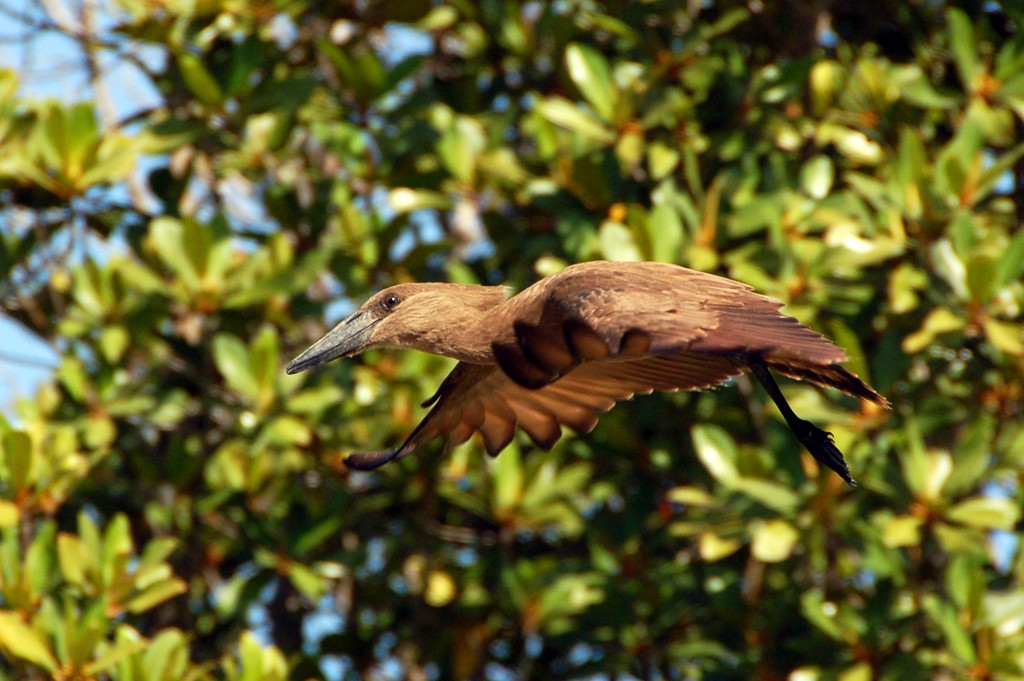Hamerkop
A species of Hamerkop Scientific name : Scopus umbretta Genus : Hamerkop
Hamerkop, A species of Hamerkop
Botanical name: Scopus umbretta
Genus: Hamerkop
Content
Description People often ask General Info
Description
Hamerkop is a medium-sized waterbird found in wetlands in Africa, Arabia, and Madagascar. It is known for its massive nests, which are usually built during the breeding season. During breeding, both parents feed the young and after 50 days of care, the chicks will grow up and leave the nest.
Size
56 cm
Colors
Brown
Black
Bronze
Gray
Life Expectancy
20 years
Nest Placement
Tree
Feeding Habits
Hamerkop consumes a generalist diet of amphibians, fish, shrimp, insects, and rodents, varying by region. It forages by wading or flying low over water, hunting with sight or touch in different conditions. Hamerkop sometimes shakes or rinses mud-covered prey and partakes opportunistically in termite swarms and foraging alongside grazing animals.
Habitat
Hamerkop typically inhabits wetland environments such as rivers, streams, seasonal pools, estuaries, reservoirs, marshes, and mangrove swamps across broad regions that include savannahs and forests. They are adaptable and can also be found in man-made habitats like rice paddies and irrigation areas. In certain regions, like Tanzania, hamerkop has adapted to foraging along rocky shores. Moreover, in Arabian territories, hamerkop occupies rocky wadis with flowing water and trees. While generally sedentary within their territories, some hamerkop populations migrate seasonally to take advantage of wet conditions.
Dite type
Omnivorous
General Info
Feeding Habits
Bird food type
Behavior
The hamerkop is mostly active during the day, often resting at noon during the heat of the day. They can be somewhat crepuscular, being active around dusk, but are not nocturnal as has sometimes been reported. 
Distribution Area
The hamerkop occurs in Africa south of the Sahara, Madagascar, and coastal south-west Arabia. It requires shallow water in which to forage, and is found in all wetland habitats, including rivers, streams, seasonal pools, estuaries, reservoirs, marshes, mangroves, irrigated land such as rice paddies, savannahs, and forests. In Tanzania, it has also recently begun to feed on rocky shores. In Arabia, it is found in rocky wadis with running water and trees. Most are sedentary within their territories, which are held by pairs, but some migrate into suitable habitat during the wet season only. The species is very tolerant of humans and readily feeds and breeds in villages and other human-created habitats. 
